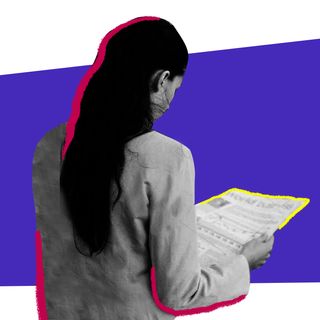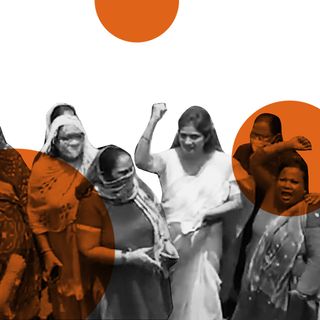The Bombay High Court warned the government of Maharashtra this week that the state authorities will be held liable for any more deaths of children due to malnutrition, or lack of medical attention in the state’s tribal belt of Melghat.
The court was hearing a series of petitions about the lack of nutrition, as well as health facilities for children and expectant mothers in the belt. Essentially, the population in this region neither has access to a cure or the means to prevent diseases through adequate nutrition.
Chief Justice Dipankar Datta and Justice G.S. Kulkarni, who were hearing the petitions, were informed that 73 children below the age of six died in the region just between April to July this year, and 20 were stillborn. Looking at statistics from even further back, the petition put forth a jarring statistic: one death every single day.
“There are 3944 pregnant mothers in the region… How do we expect the remaining 2435 mothers to be checked regularly for their health and well-being? The result is complications at birth, stillbirth, low birth weight babies, premature deliveries and puts the mother at high risk at the last moment,” the petitioner stated in the plea.
Taking cognizance of the fact that on one the one hand, pregnant women have to travel through hilly terrain for maternal care, and on the other, children are dying of malnutrition, the Chief Justice noted, “There isn’t a single gynecologist or pediatrician available in [the] region. From tomorrow we want the situation to be monitored by doctors.”
Before the next hearing on September 6, the court directed the state authorities to work on a “war footing” to ensure the region has access to specialists. “If on the next date of hearing we are informed that there have been more deaths of children due to malnutrition, then we will hold the Principal Secretary of the State Public Health Department responsible,” the court stated.
Related on The Swaddle:
Children from Scheduled Castes, Tribes More Likely to Die Before Age 5
The problem of access to nutrition and healthcare isn’t plaguing tribal populations of Maharashtra alone — it’s a pan-Indian problem.
According to UNICEF, close to 5 million children in India, belonging to the country’s tribal population, suffer from “chronic nutrition deprivation affecting their survival, growth, learning, performance in school and productivity as adults.” Reportedly, around 80% of them are from just eight states, including Maharashtra, that have, incidentally, also borne the maximum brunt of land alienation, displacement, and poor compensation.
Despite several studies pointing out stark gaps in nutrition and healthcare between the socio-culturally privileged population and people from the SC/ST community, there hasn’t been any sustainable solution offered by the government, some experts argue. “The policy response in such scenarios is either denial or action for immediate redressal, with little thought about the long-term strategy to alleviate the situation,” Saumya Shrivastava, who works with the Centre for Budget and Governance Accountability, a New Delhi-based non-profit, wrote in 2018.
In fact, just last month, a study found that casteism was linked to stunted growth — often caused by poor nutrition in the first 1,000 days of a child’s life — in Indian children. The data suggested that children from the SC/ST community were found to be 14% more likely to be stunted than dominant-caste Hindu children. “The results moreover suggest a role for discriminatory practices in affecting service delivery to pregnant and nursing mothers from stigmatized groups and consequently the health outcomes of lower caste children,” the study’s authors, Ashwini Deshpande and Rajesh Ramachandran, wrote in The Print.
“Since independence, multiple government policies and programs sought to develop tribal communities by focusing on their livelihood, education, and health,” the UNICEF report states, adding that “despite six decades of special treatment, even today, tribal peoples continue to be the most undernourished segment of the Indian society.”
Will holding state authorities liable, as the present judgment did, help? Only time can conclusively answer that. But it does inspire hope for greater accountability from state authorities to, perhaps, stop ignoring the plight of marginalized communities.




